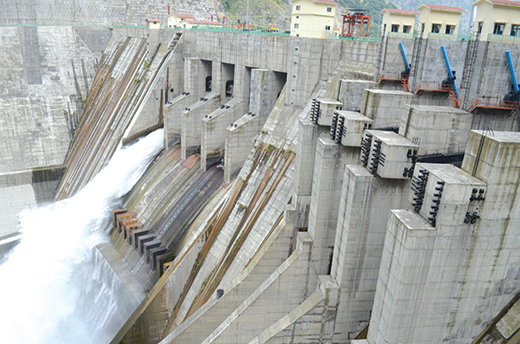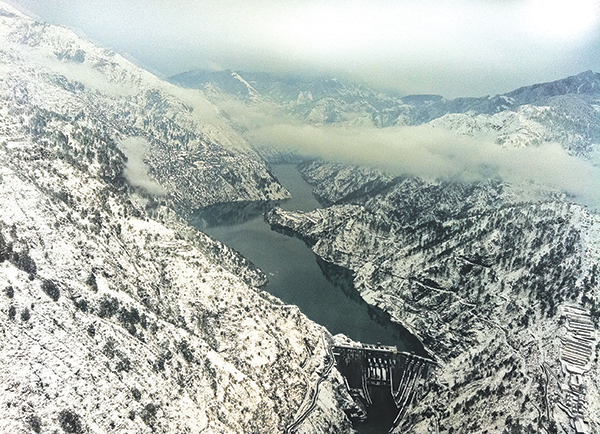 The first major power project that J&K government owns, the two stage-900-MW Baglihar station was completed in more than 15 years. Initiated by Dr Farooq Abdullah, its implementation was overseen by his successors Mufti Sayeed, Ghulam Nabi Azad, Omar Abdullah and finally in Mufti’s second term, it completed. During the course of its implementation, the project’s Chief Engineer (Civil) changed nine times as the Managing Director of State Power Development Corporation (SPDC) shifted 15 times. Its target dates were extended thrice and its costs changed four times and finally it is ready at an overall investment of Rs 8713 crore, part of which will be spent in the current fiscal. J&K government does not own any project of this cost in any sector, so far.
The first major power project that J&K government owns, the two stage-900-MW Baglihar station was completed in more than 15 years. Initiated by Dr Farooq Abdullah, its implementation was overseen by his successors Mufti Sayeed, Ghulam Nabi Azad, Omar Abdullah and finally in Mufti’s second term, it completed. During the course of its implementation, the project’s Chief Engineer (Civil) changed nine times as the Managing Director of State Power Development Corporation (SPDC) shifted 15 times. Its target dates were extended thrice and its costs changed four times and finally it is ready at an overall investment of Rs 8713 crore, part of which will be spent in the current fiscal. J&K government does not own any project of this cost in any sector, so far.
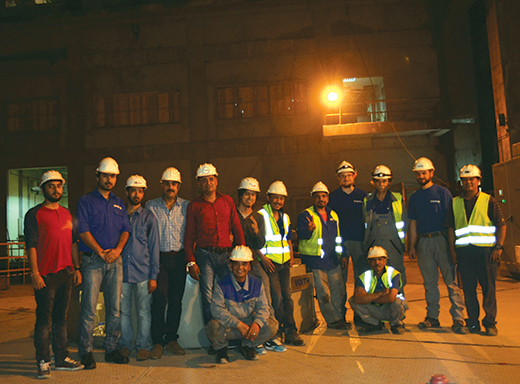 Project was implemented by Jai Prakash Associates for the civil and hydro-mechanical part as Voith took care of the electro-mechanical side. German Lahmeyer International GmbH was the project consultant for SPDC.
Project was implemented by Jai Prakash Associates for the civil and hydro-mechanical part as Voith took care of the electro-mechanical side. German Lahmeyer International GmbH was the project consultant for SPDC.
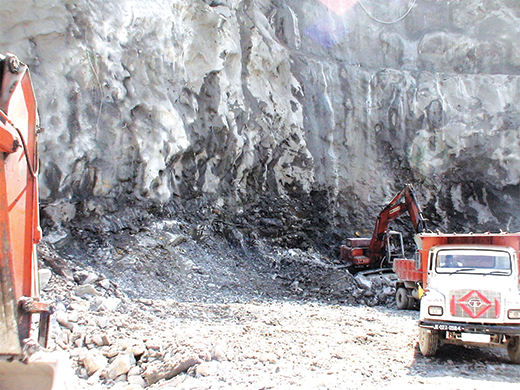 Project required an excavation of 3000000 cubic meters, mostly in the unstable mountains in the narrow gorge of Baglihar village on either side of the Chenab.
Project required an excavation of 3000000 cubic meters, mostly in the unstable mountains in the narrow gorge of Baglihar village on either side of the Chenab.
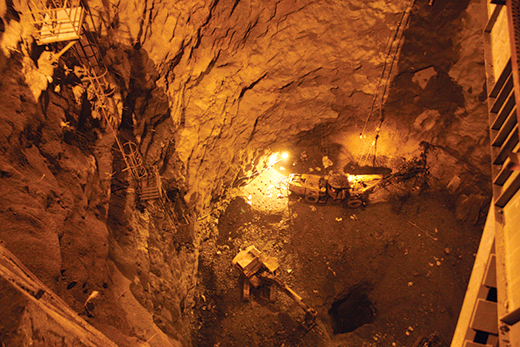 Baglihar project completed with concreting of 4500000 cubic meters. Initially it was supposed to be nearly 30 lakh cubic meters but the requirement shot up after 2005 floods seriously impacted the dam structure.
Baglihar project completed with concreting of 4500000 cubic meters. Initially it was supposed to be nearly 30 lakh cubic meters but the requirement shot up after 2005 floods seriously impacted the dam structure.
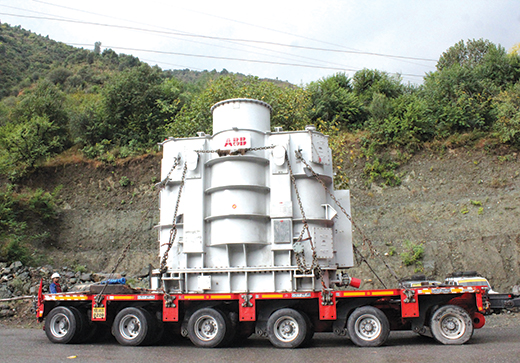 The project sources its machinery, for implementation and installation, from 35 different countries. At least two machines DCP Anchors and SFRS Shotcrete were the first to be used in India.
The project sources its machinery, for implementation and installation, from 35 different countries. At least two machines DCP Anchors and SFRS Shotcrete were the first to be used in India.
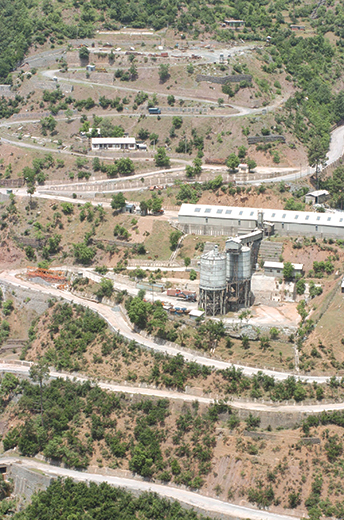 Contractors had to lay nearly 30 kms of A-class roads in and around the site to complete the project. It included the abandoned Nashri Bypass that is now part of project and access to one of its housing colonies on a hillock overlooking the dam.
Contractors had to lay nearly 30 kms of A-class roads in and around the site to complete the project. It included the abandoned Nashri Bypass that is now part of project and access to one of its housing colonies on a hillock overlooking the dam.
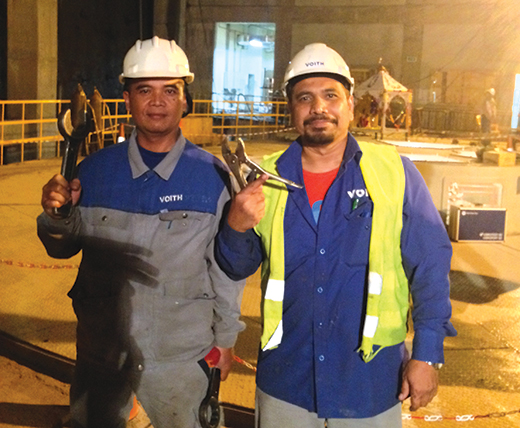 Two contractors had more than 30 sub-contractors that involved people from 30 different nationalities working on the project. Most of them were from Germany, Argentina, Nepal, Switzerland, Brazil, South Korea, Thailand, Indonesia, Austria, Greece and Croatia. Some major sub-contractors and allies included Andritz, Siemens, PES.
Two contractors had more than 30 sub-contractors that involved people from 30 different nationalities working on the project. Most of them were from Germany, Argentina, Nepal, Switzerland, Brazil, South Korea, Thailand, Indonesia, Austria, Greece and Croatia. Some major sub-contractors and allies included Andritz, Siemens, PES.
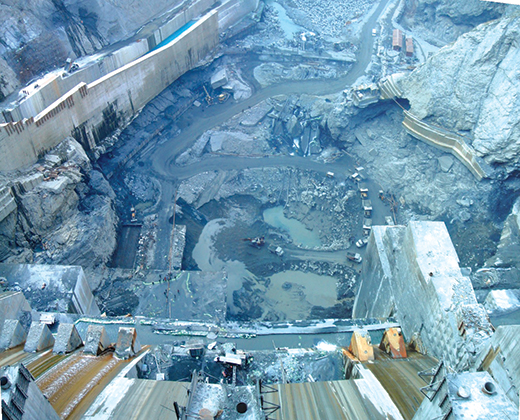 Overtopping of dam in August 2005 had created a 20-meters long hole, termed ‘black hole’ near the base of the dam that was plugged only after the project’s Stage-I started generations. Owing to this massive depression impacting its plunge pool, the dam base was literally hanging in air for nearly five years.
Overtopping of dam in August 2005 had created a 20-meters long hole, termed ‘black hole’ near the base of the dam that was plugged only after the project’s Stage-I started generations. Owing to this massive depression impacting its plunge pool, the dam base was literally hanging in air for nearly five years.
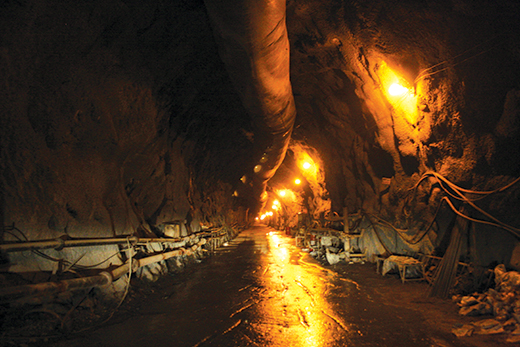 Project completion required almost 50 kms of tunneling. Some of these tunnels collapsed and some were closed after getting into disuse.
Project completion required almost 50 kms of tunneling. Some of these tunnels collapsed and some were closed after getting into disuse.
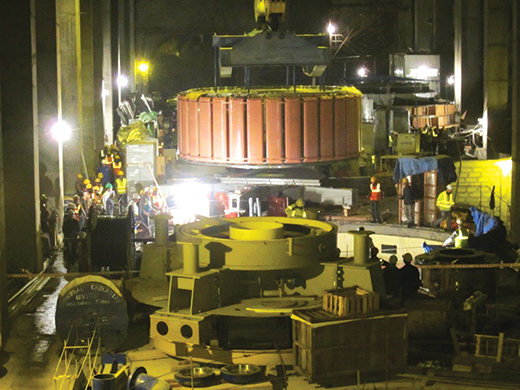 Barring dam, there is nothing visible to an eye. Most of its installations including its turbines, power house, transformation all, GIS chamber, machine hall and all other facilities are hiding in the mountains. These mountains have multi-story buildings half the size of Srinagar civil secretariat inside. These have elevating lifts for movement.
Barring dam, there is nothing visible to an eye. Most of its installations including its turbines, power house, transformation all, GIS chamber, machine hall and all other facilities are hiding in the mountains. These mountains have multi-story buildings half the size of Srinagar civil secretariat inside. These have elevating lifts for movement.
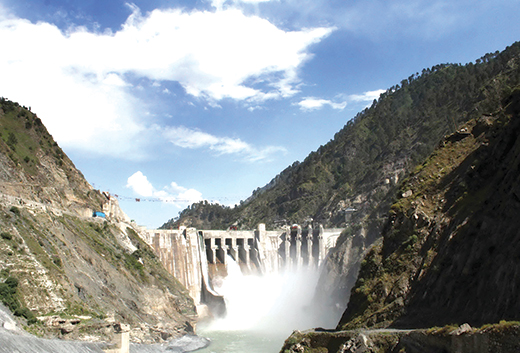 Baglihar dam is located 800 meters away from Muree Thrust and it required strengthening the dam to survive an earthquake up to 10 on Richter scale.
Baglihar dam is located 800 meters away from Muree Thrust and it required strengthening the dam to survive an earthquake up to 10 on Richter scale.
 Owing to involvement of Pakistan because of Indus Waters Treaty, Baglihar is perhaps the first power station in India that had a ‘running model’ developed by Irrigation Research Institute (IRI) in Roorkee. This 200-meter large model powered by the Ganga Canal is on a 1:60 scale and allowed observers to note the water’s behavior as it runs through the sluices, intake points, channels, and reservoirs.
Owing to involvement of Pakistan because of Indus Waters Treaty, Baglihar is perhaps the first power station in India that had a ‘running model’ developed by Irrigation Research Institute (IRI) in Roorkee. This 200-meter large model powered by the Ganga Canal is on a 1:60 scale and allowed observers to note the water’s behavior as it runs through the sluices, intake points, channels, and reservoirs.
Both the stages of Baglihar having installed capacity of 450 MW each require a total of 860 cusecs of water to run its turbines and Chenab for nearly half of the year has discharge more than double of this.
Project’s main component is the 143 meters high concrete gravity dam which required nearly three million cubic meters of concreting. It holds 428.28 million cubic meters of water. The dam manages a pressure of 24 crore bars (a filled-LPG cylinder has 2 bar pressure). It survived the first once-in-a-1000-year flood in 2005.


